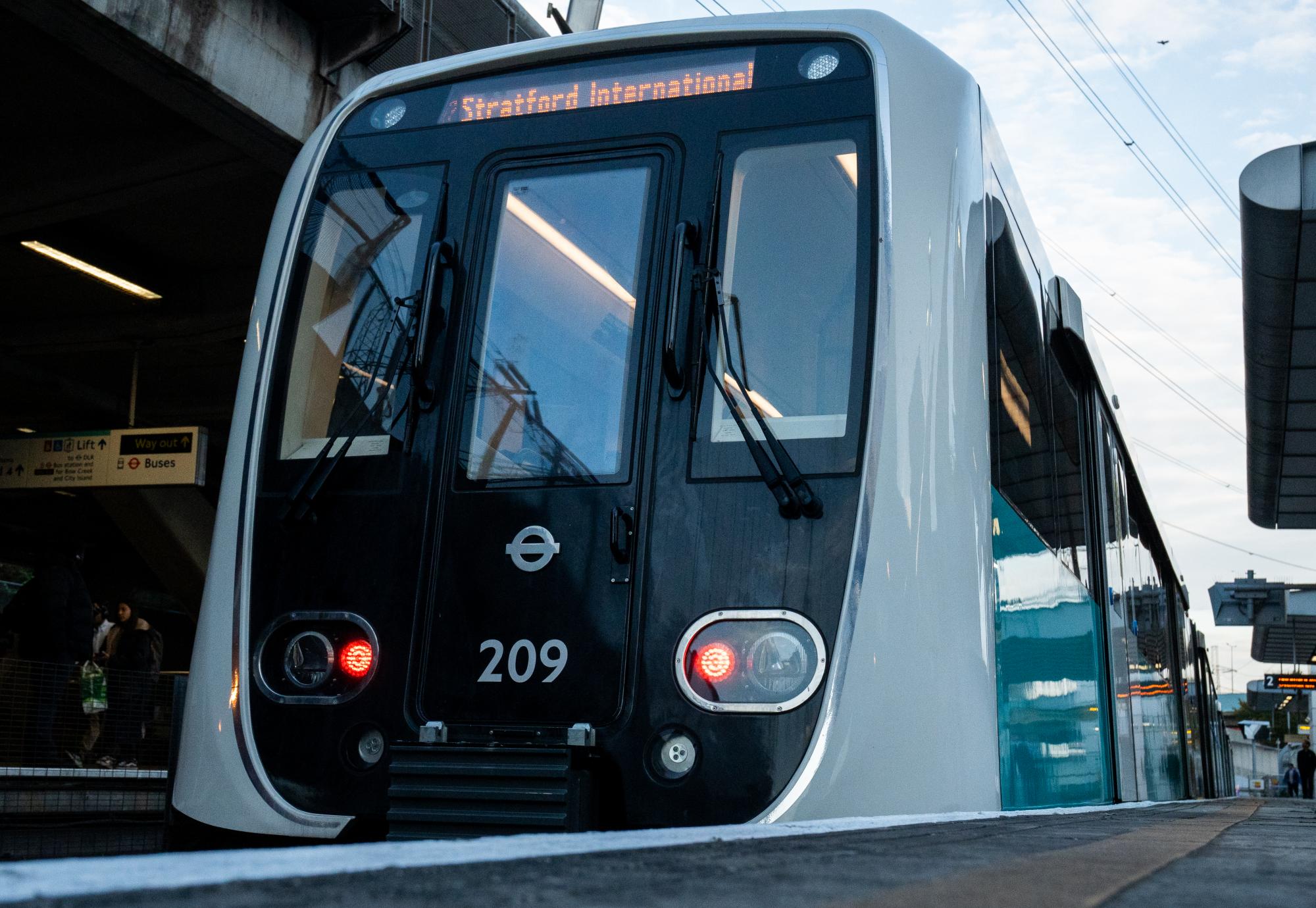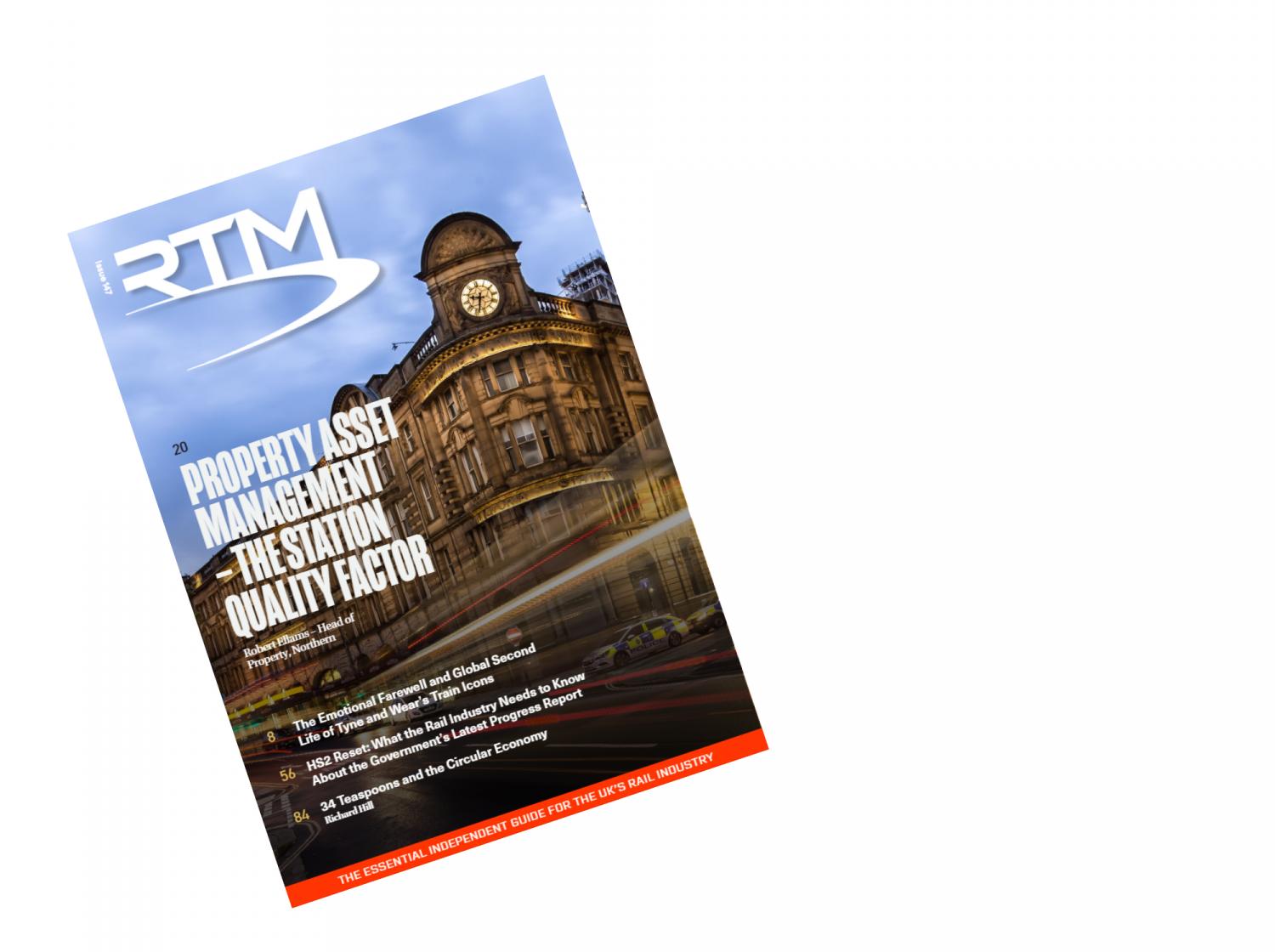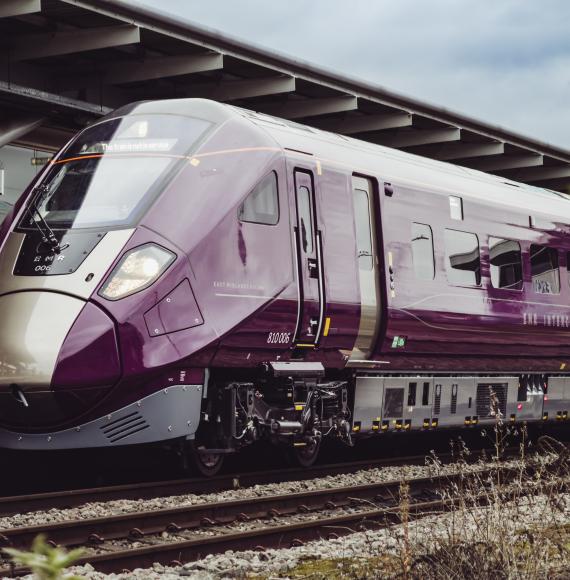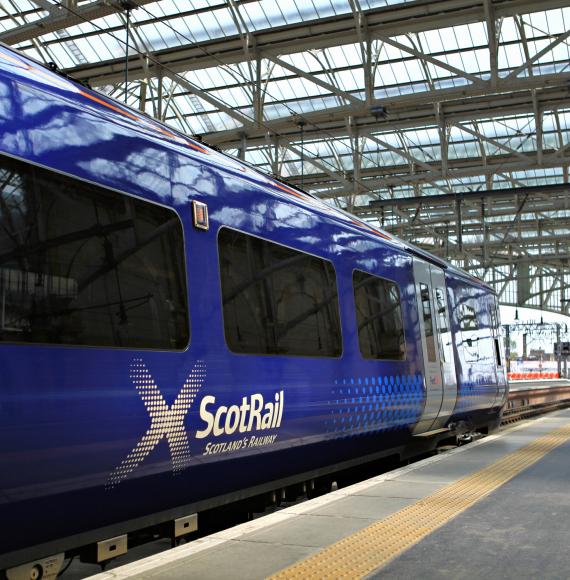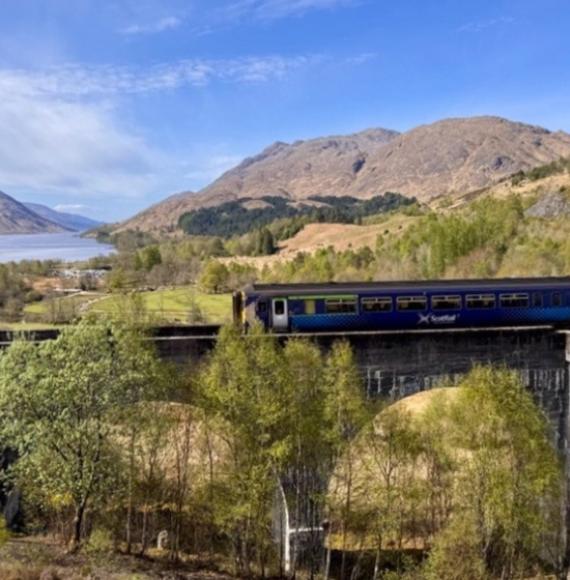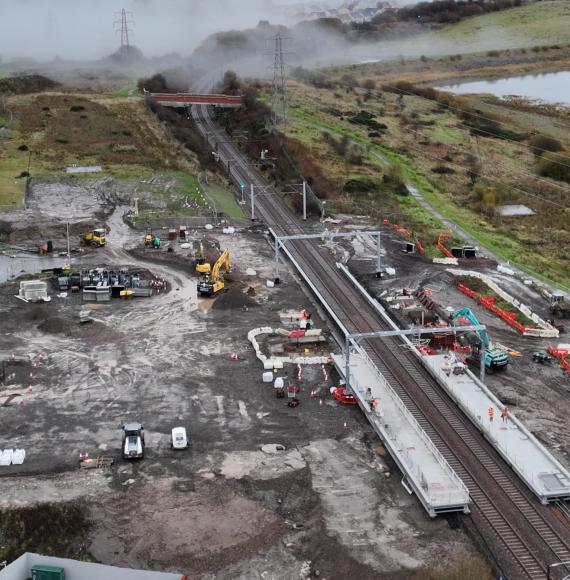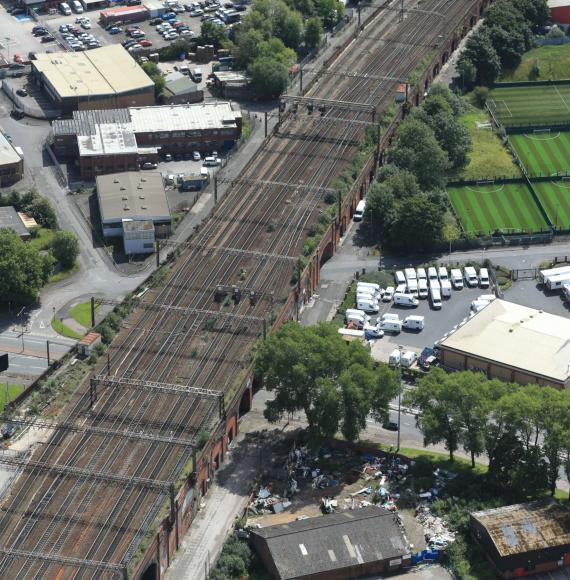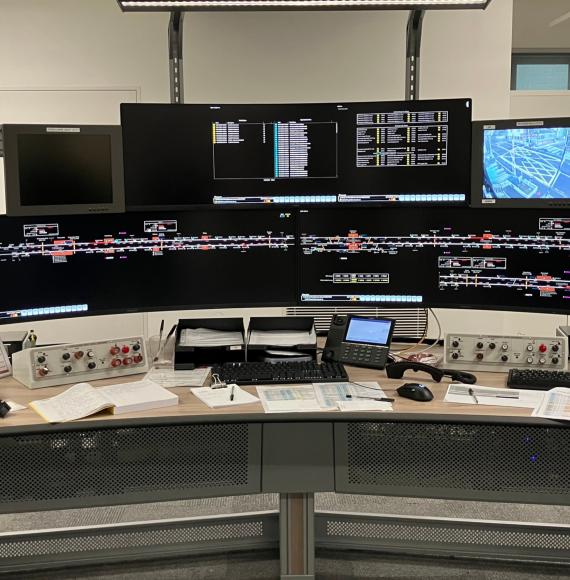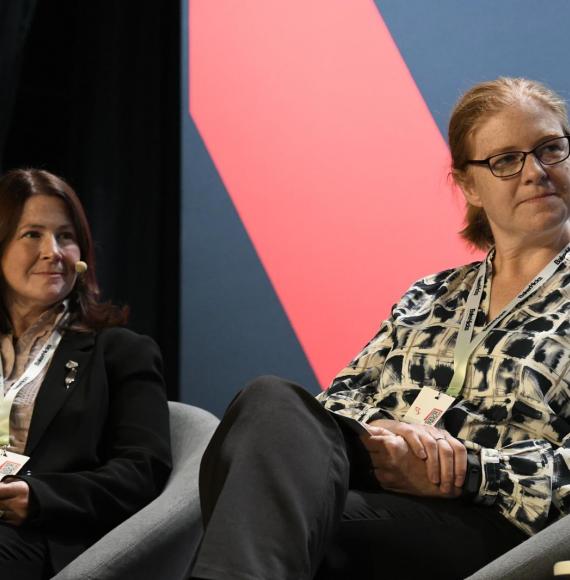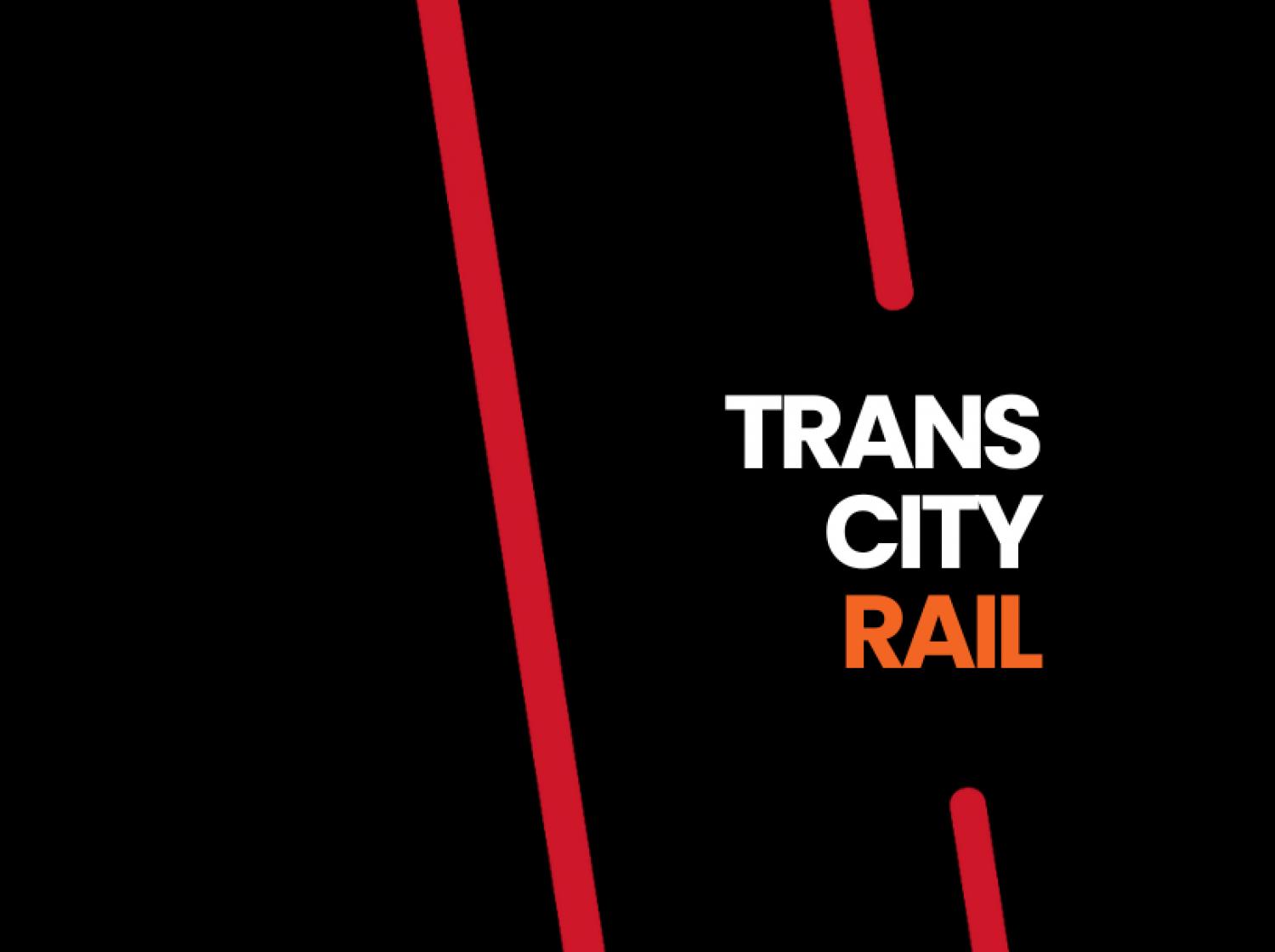The Docklands Light Railway (DLR) has reached a significant operational milestone with the first of 54 new trains now in passenger service. This marks the beginning of a comprehensive fleet renewal programme aimed at modernising one of London’s most critical transport arteries.
The rollout replaces the oldest units in the DLR fleet—some of which have been in service for over 30 years—with cutting-edge, high-capacity rolling stock designed to meet the demands of a rapidly growing population and evolving passenger expectations.
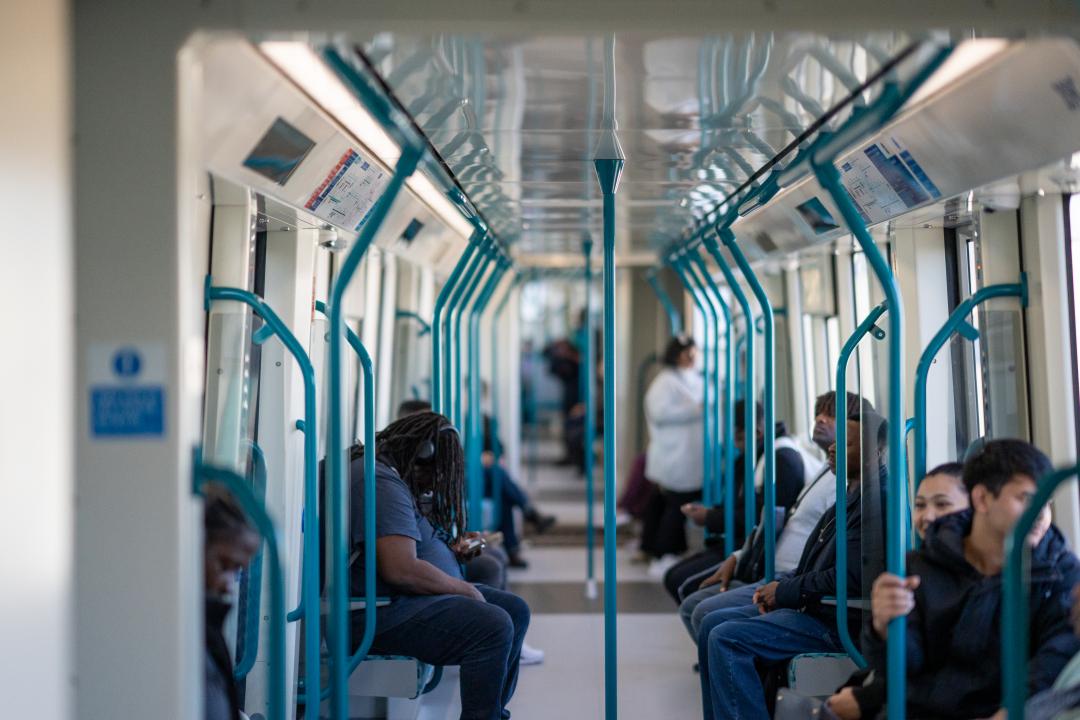
Each new train incorporates advanced technology to enhance reliability, capacity, and passenger comfort. Key features include:
- Walk-through carriages offering a 10% increase in capacity
- Air-conditioning for improved onboard climate control
- Real-time travel information and mobile charging points
- Three multi-use areas for pushchairs, bicycles, and luggage
- Three dedicated wheelchair spaces to improve accessibility
The phased introduction of the new fleet will continue over the coming months. Once all 54 trains are operational, DLR capacity will increase by more than 50%. Full fleet replacement is scheduled for completion by the end of 2026, with additional units being introduced as quickly as possible to further enhance service frequency.
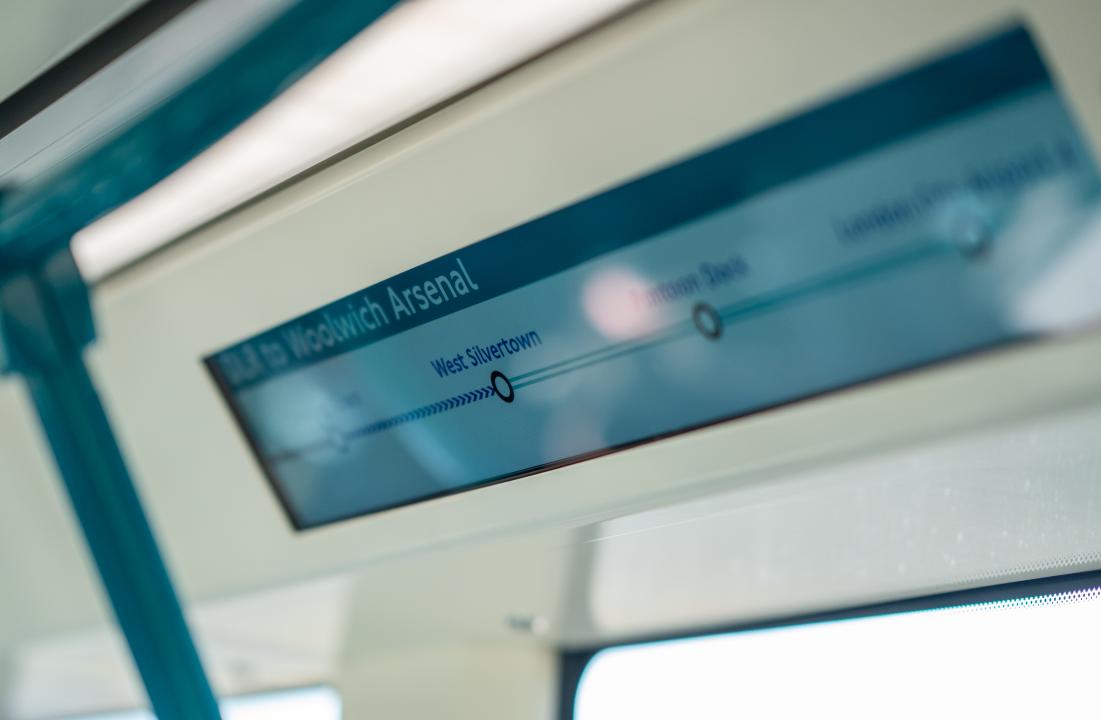
Mayor of London, Sadiq Khan, commented:
“This is an exciting day in east and south London with the introduction of these brand-new trains marking a major milestone in the transformation of the DLR to improve travel for millions of Londoners.
“These new trains are amazing. Built with the latest cutting-edge design and technology, the trains will have 10 per cent bigger capacity, improved onboard customer information, mobile device charging points, air conditioning and better accessibility features for all passengers.
“The new DLR trains will significantly improve reliability and support growth in new homes and jobs, particularly for Londoners in areas like Stratford, Woolwich Arsenal and the Isle of Dogs. I’m committed to modernising infrastructure on London’s transport network, which is vital for faster, greener and safer journeys that are accessible for all.”
Andy Lord, London’s Transport Commissioner, added:
“These state-of-the-art trains will transform customers’ journeys across the DLR network. Boosting capacity and improving reliability, these new trains will help the DLR keep pace with growing demand in this part of the capital. Customers will benefit from more comfortable, frequent, and accessible services.”
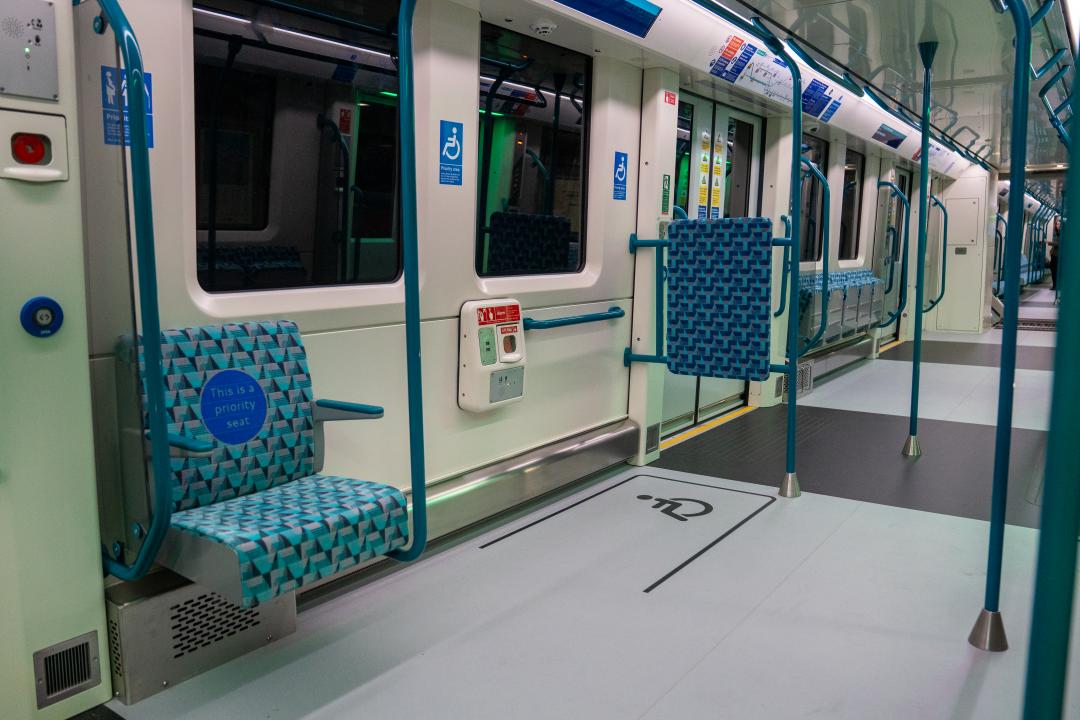
To ensure a seamless transition, the new trains have undergone rigorous testing. A temporary timetable was introduced in June 2025 to facilitate the retirement of life-expired units. As more new trains enter service, the full timetable will be reinstated, restoring higher service frequencies across the network.
The fleet upgrade is underpinned by substantial public and private investment. £260 million has been allocated through the Housing Infrastructure Fund, recognising the DLR’s role in unlocking housing development across east London. An additional £500 million has been secured via a National Wealth Fund loan, with London City Airport contributing over £5 million to support the project.
The DLR serves six designated Opportunity Areas, with around 45,000 homes either under construction or approved within walking distance of the network. The new trains are essential to supporting this growth, particularly in the Royal Docks and Isle of Dogs, where the DLR is a vital link for residents, workers, and visitors.
Looking ahead, Transport for London is working with partners to progress plans for a proposed DLR extension from Gallions Reach to Thamesmead—an area with significant potential for housing and economic development. The new fleet lays the groundwork for this future expansion, ensuring the network is ready to meet the capital’s long-term transport and growth needs.
Image credits: TfL

